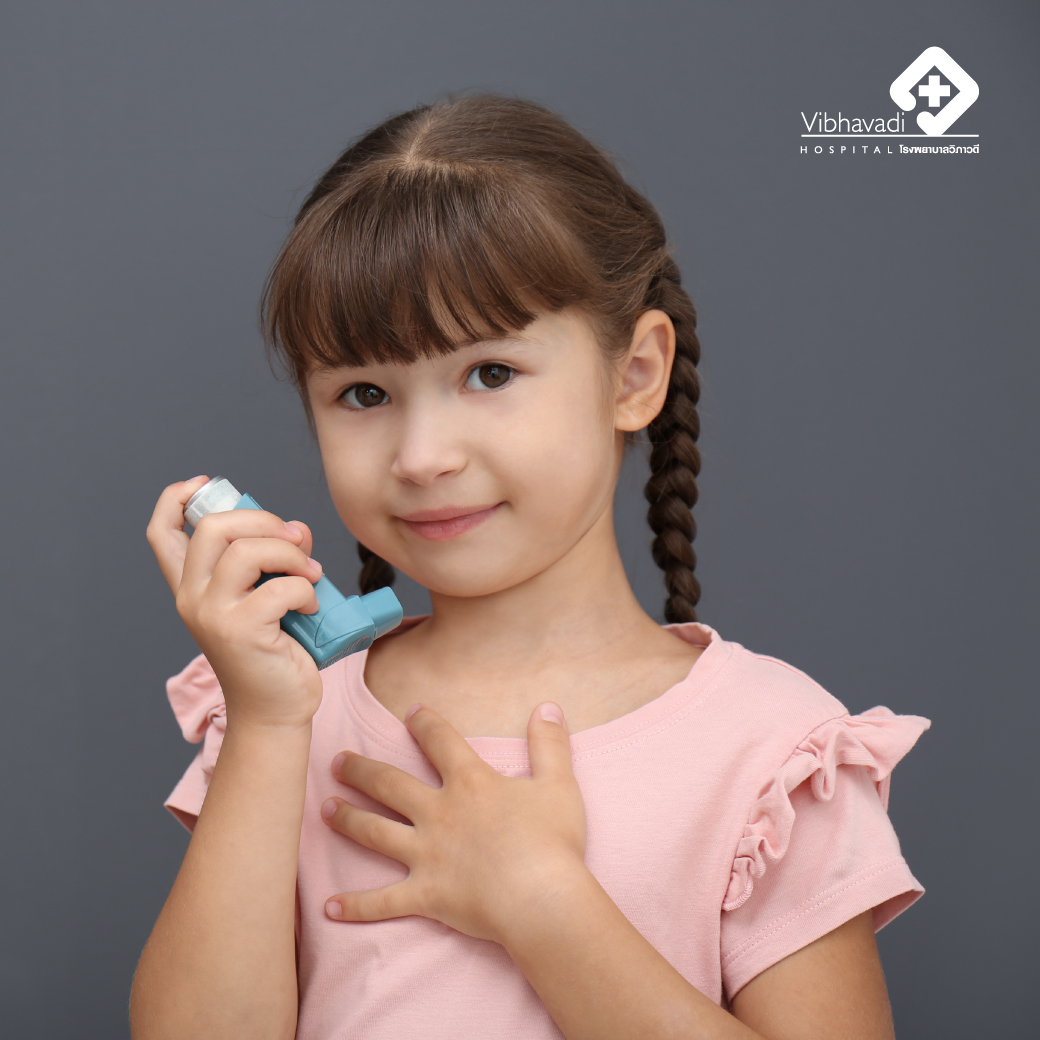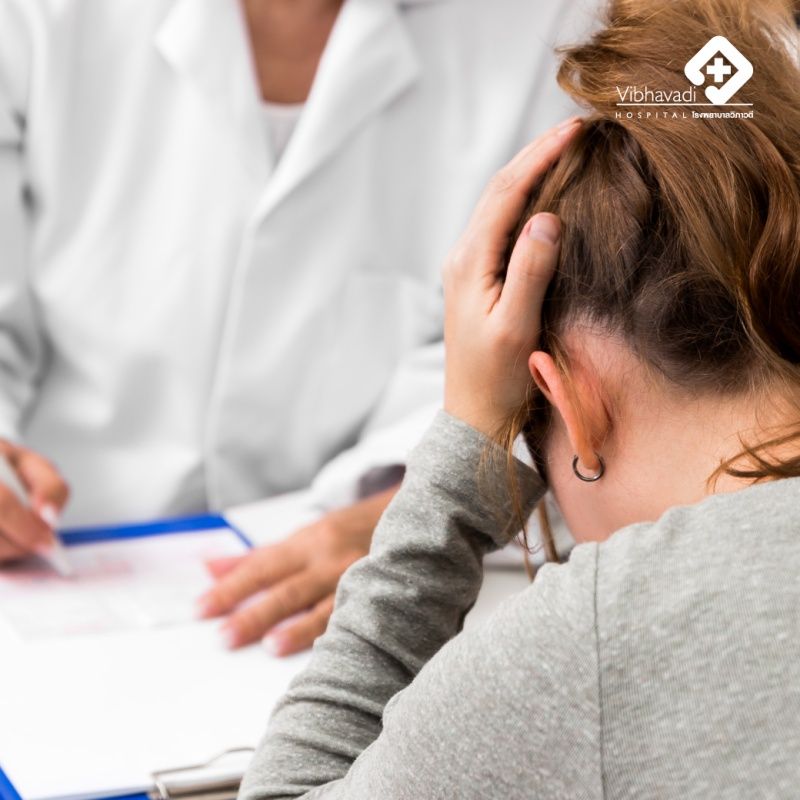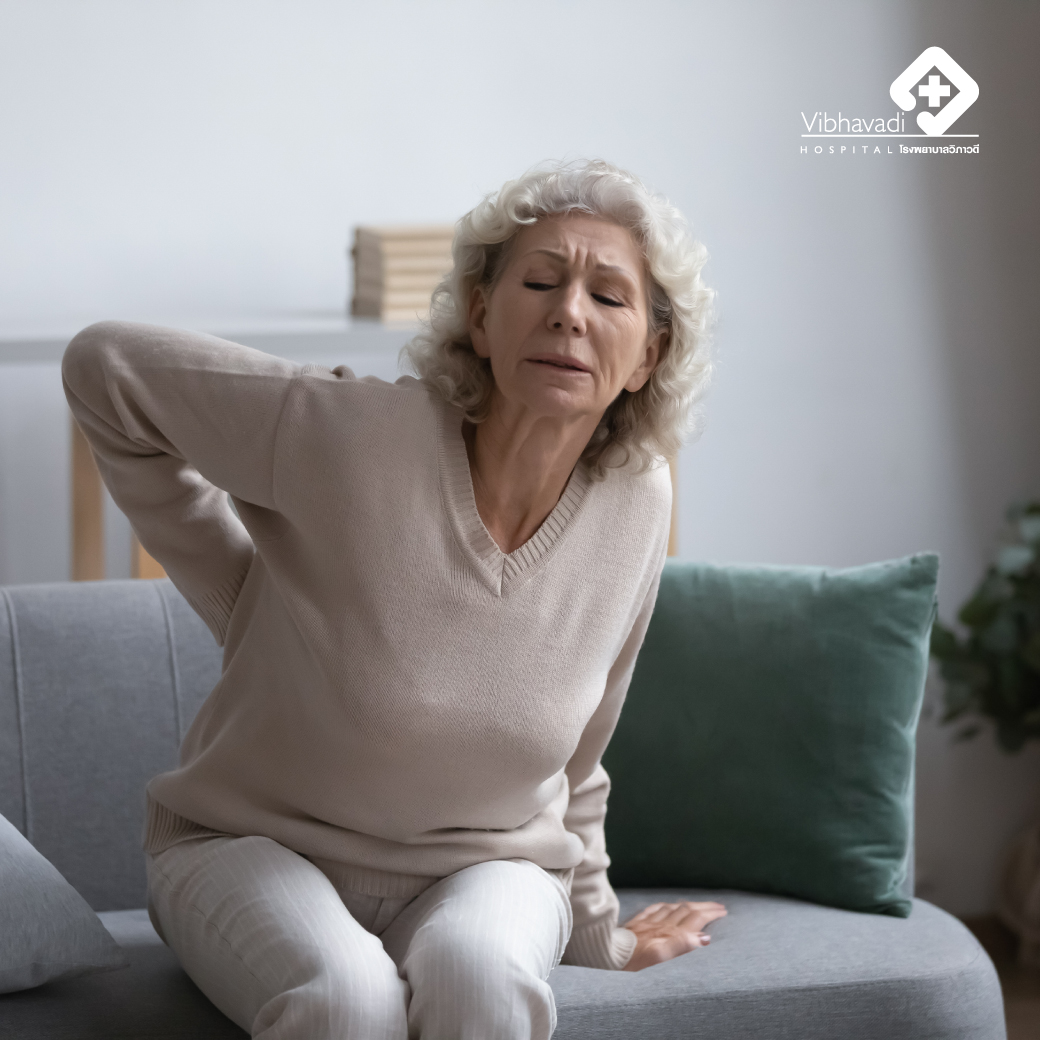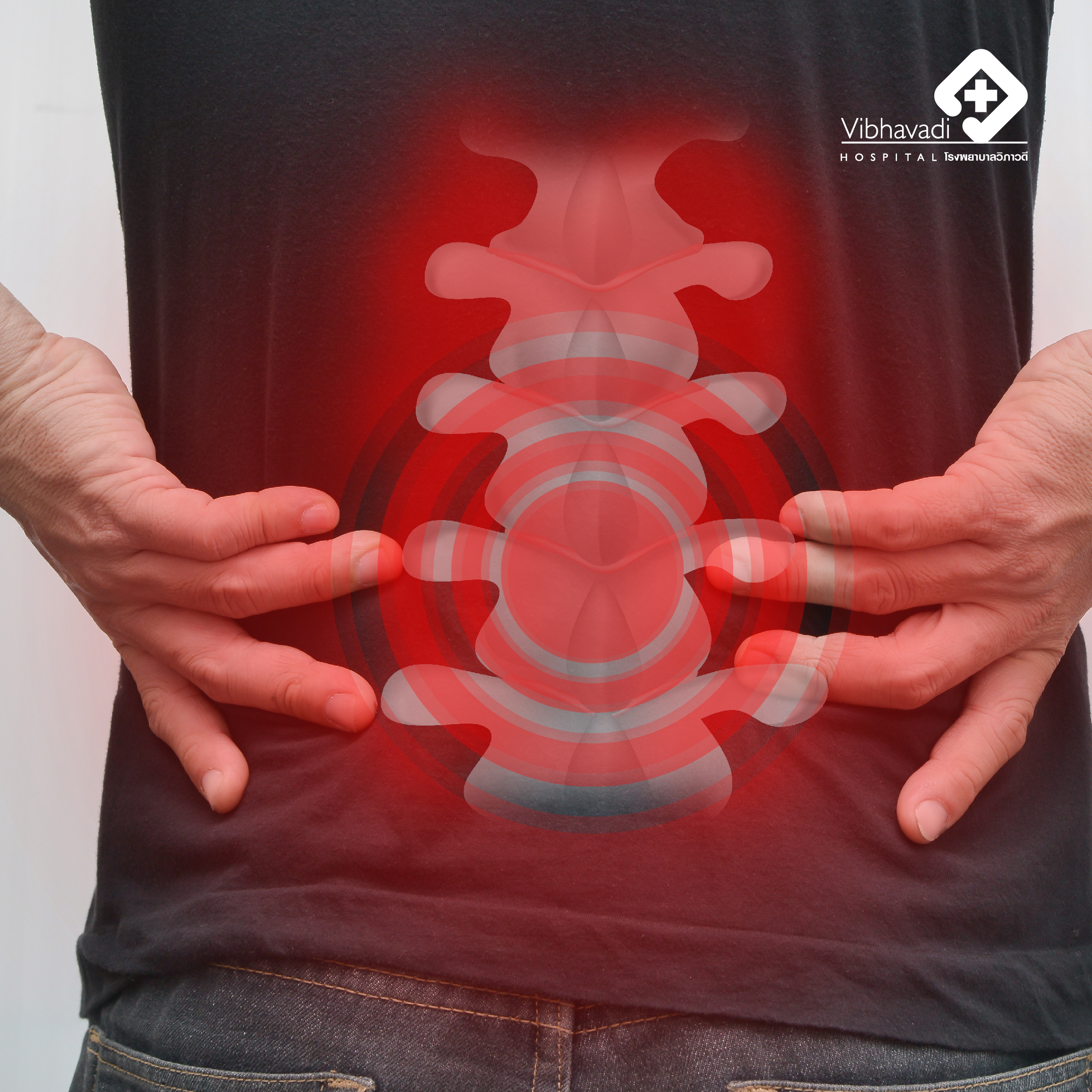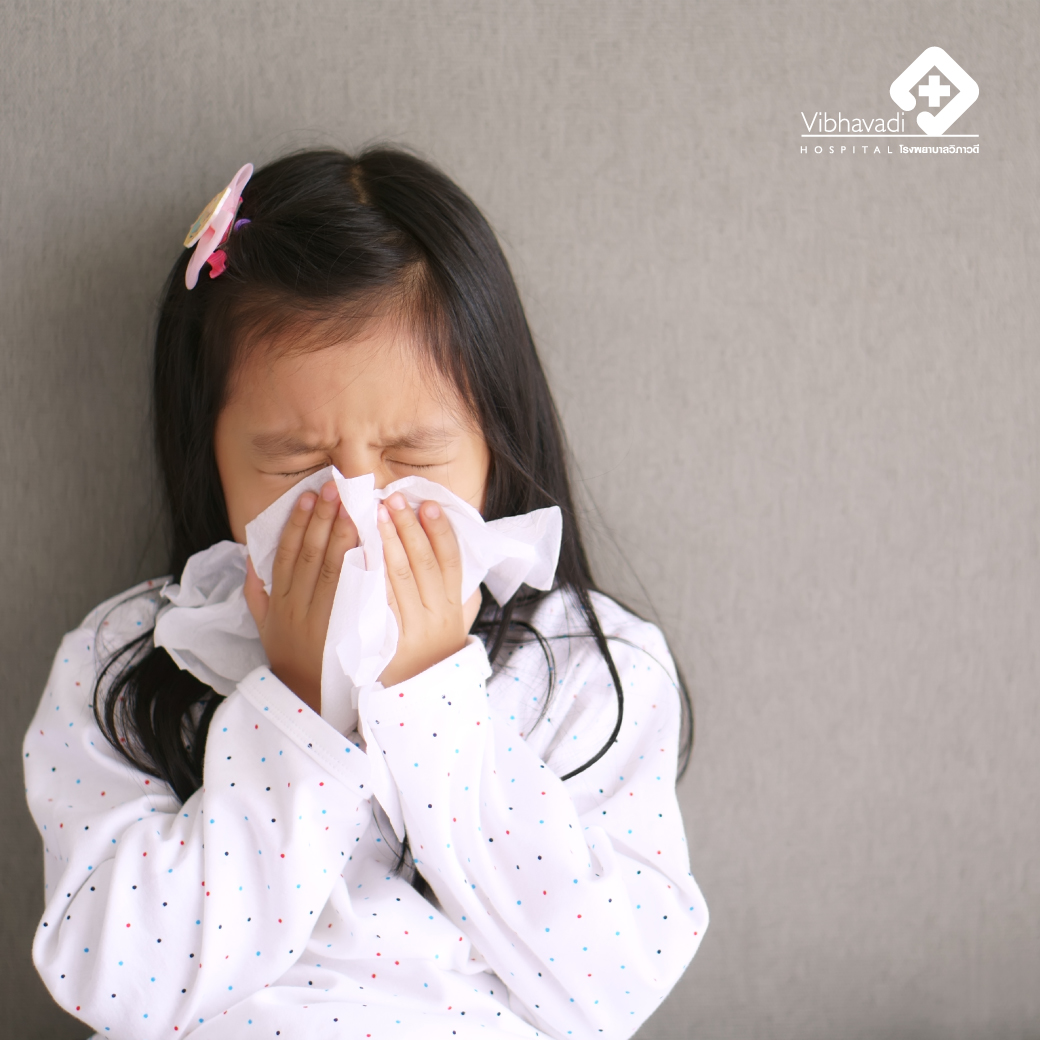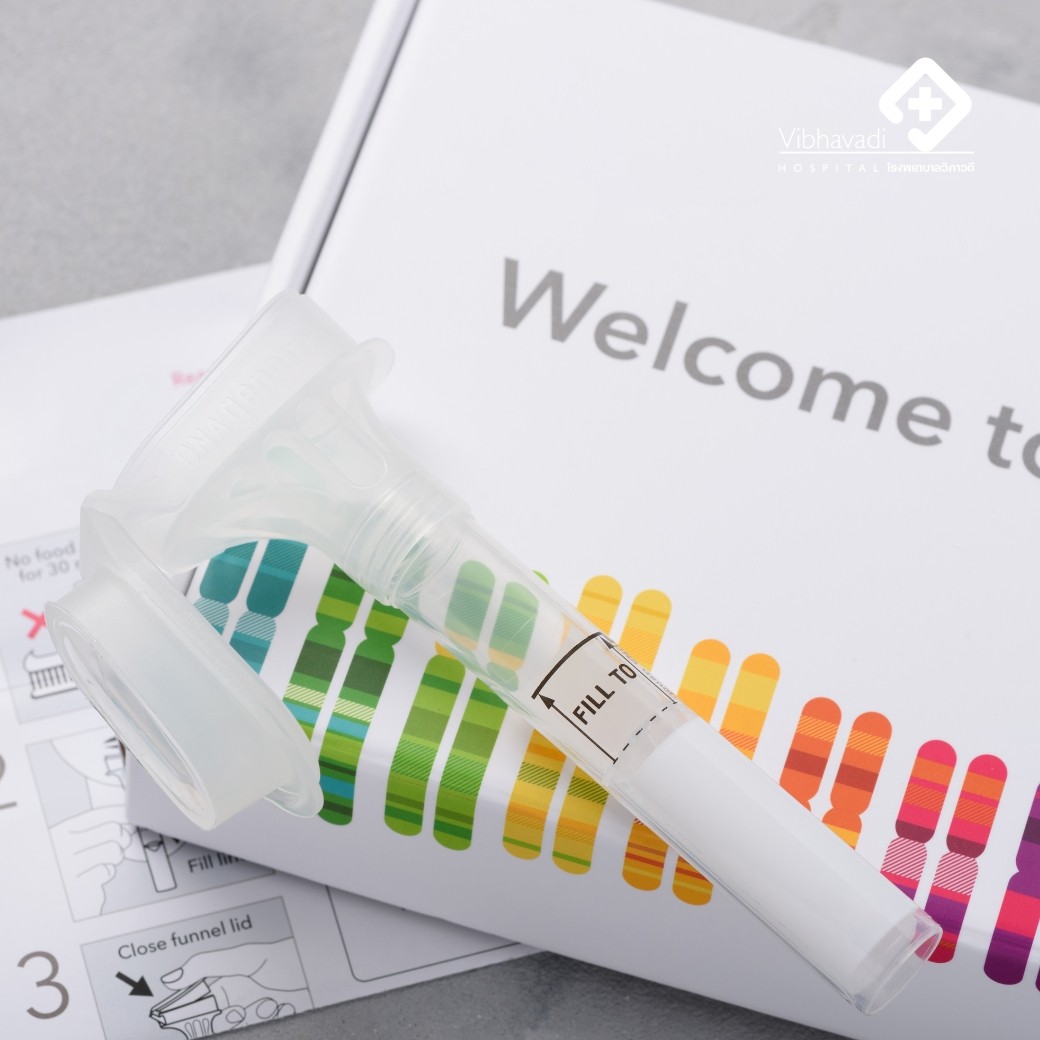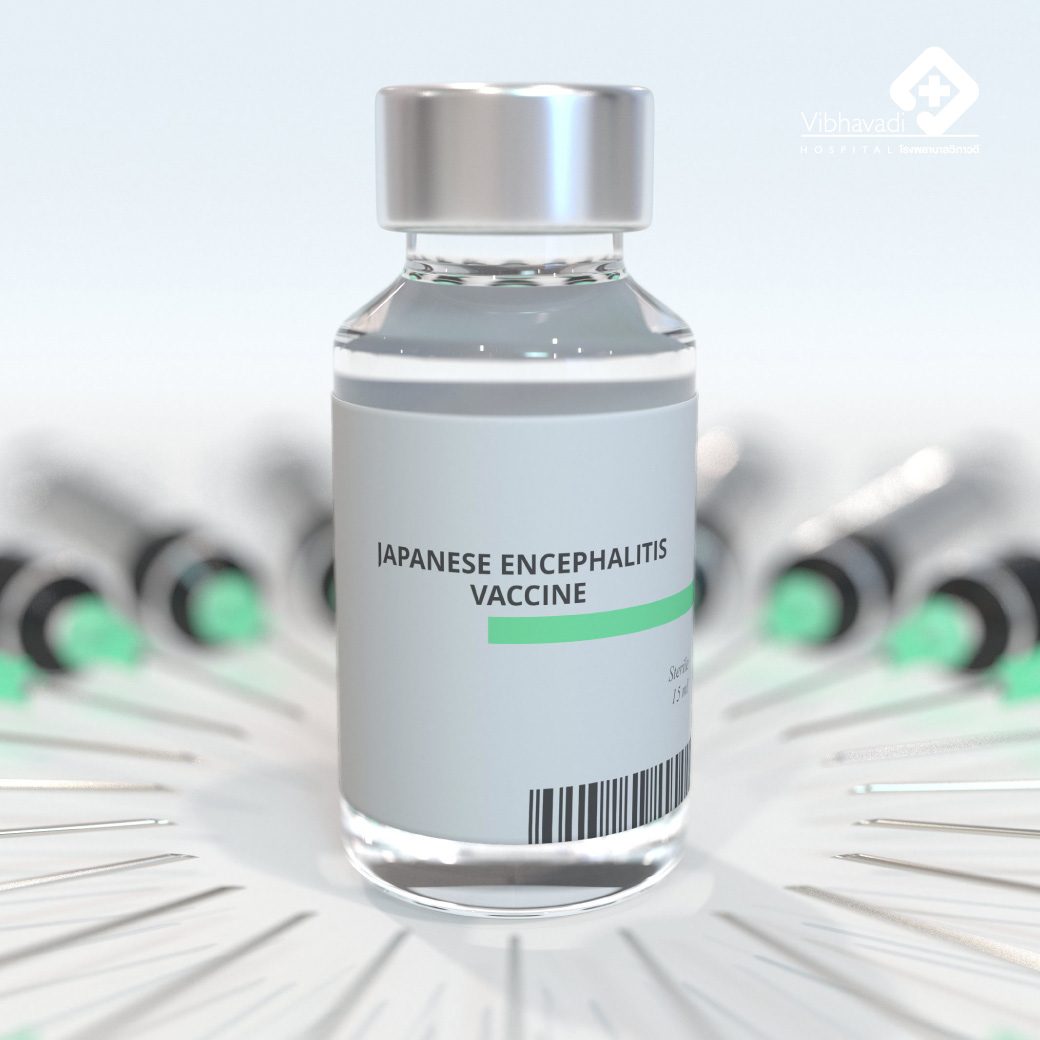
Japanese Encephalitis (JE) Vaccine
Japanese Encephalitis (JE) Vaccine
What is Japanese Encephalitis?
Japanese encephalitis (JE) is a disease caused by the Japanese encephalitis virus (JEV), which is transmitted by mosquitoes that are active at night and primarily feed on animals, including several species of milk-producing animals, that serve as hosts for the virus. The incubation period for the disease is 5-15 days, and symptoms include high fever, severe headache, vomiting, convulsions, altered mental status, and can even result in death.
The majority of people infected with JE do not show any symptoms, with only one in 250 infected individuals exhibiting symptoms. However, children under the age of 10, especially those aged 0-4 years, have a higher mortality and neurological disability rate. JE is prevalent throughout Asia, and while there is no specific treatment for the disease, it can be prevented through vaccination.
Prevention
Japanese encephalitis (JE) is a disease with a high mortality and disability rate, so prevention is important. It can be done by:
- Controlling disease carriers, such as destroying mosquito breeding sites.
- Taking precautions to avoid mosquito bites.
- Getting vaccinated against Japanese encephalitis.
In Thailand, there are two types of Japanese Encephalitis (JE) vaccines:
- Inactivated vaccine prepared by cultivating the virus causing JE in the brain of newborn mice. There are two strains of the vaccine: Beijing and Nakayama, which have different sizes. The smaller dose is for children under three years old, and the larger dose is for older children. The vaccine is given subcutaneously, with two injections spaced 1-4 weeks apart, and the third injection is given one year after the first vaccine.
The effectiveness of both strains of the vaccine in preventing the disease is about the same. Those who receive two doses of the vaccine will have a high level of immunity for some time, and when they receive all three doses, the vaccine can prevent the disease for 3-5 years. If living in an epidemic area, it is recommended to have a booster shot every 4-5 years, no more than twice, to protect against the disease during the high-risk period.
- Vaccines made from live attenuated viruses provide protection against diseases with a percentage of 95-100. They have advantages over vaccines made from inactivated viruses, including longer-lasting immunity and not requiring booster shots. These vaccines are produced by growing a weakened form of the virus in cell cultures, rather than in the brains of mice, which reduces the risk of neurological complications such as sudden inflammation of the brain and spinal cord due to mouse brain tissue contaminating the vaccine.
-
- The Chinese vaccine is prepared in the form of a dry powder by growing a strain of the live attenuated virus SA 14-14-2 in cell cultures. Two doses are given, the first at one year of age and the second one year after the first dose.
-
- The vaccine is produced using genetic engineering techniques by inserting genes from the SA14-14-2 strain of Japanese encephalitis virus into the PrM and E genes of the 17D strain of yellow fever virus. This creates a virus with structural proteins similar to Japanese encephalitis virus and non-structural proteins similar to yellow fever virus. The vaccine is given to children aged 9 months or older and can stimulate immunity to a level that can protect against the disease within 28 days of receiving the first dose. To achieve long-term protection, a booster shot is recommended 1-2 years after the first dose, which can maintain immunity at a high level for at least 3 years. The vaccine is given as a single subcutaneous injection to adults aged 18 years or older. In general, the body will produce immunity to a level that can prevent disease after receiving the vaccine for 14 days and not requiring a booster shot within at least 5 years after the first vaccine shot.
Who should receive the Japanese encephalitis vaccine?
- People living in outbreak areas and tourists who will travel to countries in Asia, including Thailand.
- If it has been more than 1 month, it is recommended to receive the vaccine at least 10 days before traveling to ensure sufficient immunity to prevent the disease and monitor for possible side effects.
Who should avoid or postpone receiving the Japanese encephalitis vaccine?
- Those who have a history of allergic reactions to the Japanese encephalitis vaccine in the past.
- Those who are allergic to gelatin should not receive the inactivated vaccine.
- Pregnant women.
- Those who have immunodeficiency due to various causes or are receiving immunosuppressive drugs, or those who have weakened immune systems.
- Those with chronic illnesses such as liver disease, kidney disease, heart disease, or those who have had seizures within 1 year should seek the advice of a doctor.
- Those with a high fever or severe infection should postpone vaccination until they recover.
Common side effects:
Dead virus vaccine:
Common side effects include pain, swelling, and redness at the injection site, fever, fatigue, headache, muscle aches, nausea, and allergic rash, which can occur immediately or delayed, mostly within 10 days.
Live virus vaccine:
Less common side effects than dead virus vaccine and resolve on their own within 2 days. These include pain, swelling, and redness at the injection site, fever, rash, nausea, children crying, loss of appetite, etc.
Caring for side effects that may occur:
Things to observe:
Observe for abnormal symptoms of severe allergic reactions such as rash, facial swelling, throat swelling, difficulty breathing, and fast heartbeat. These symptoms can occur within 2-3 minutes to 1-2 hours after receiving the vaccine.
Things to do:
If you suspect a severe allergic reaction in the vaccine recipient, send the patient to the nearest hospital.
Best regards,
Vibhavadi Hospital Vaccine Center

